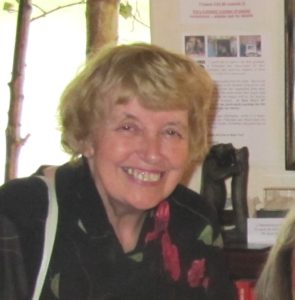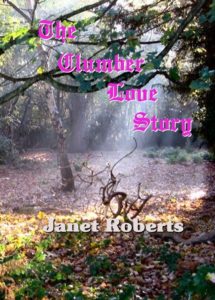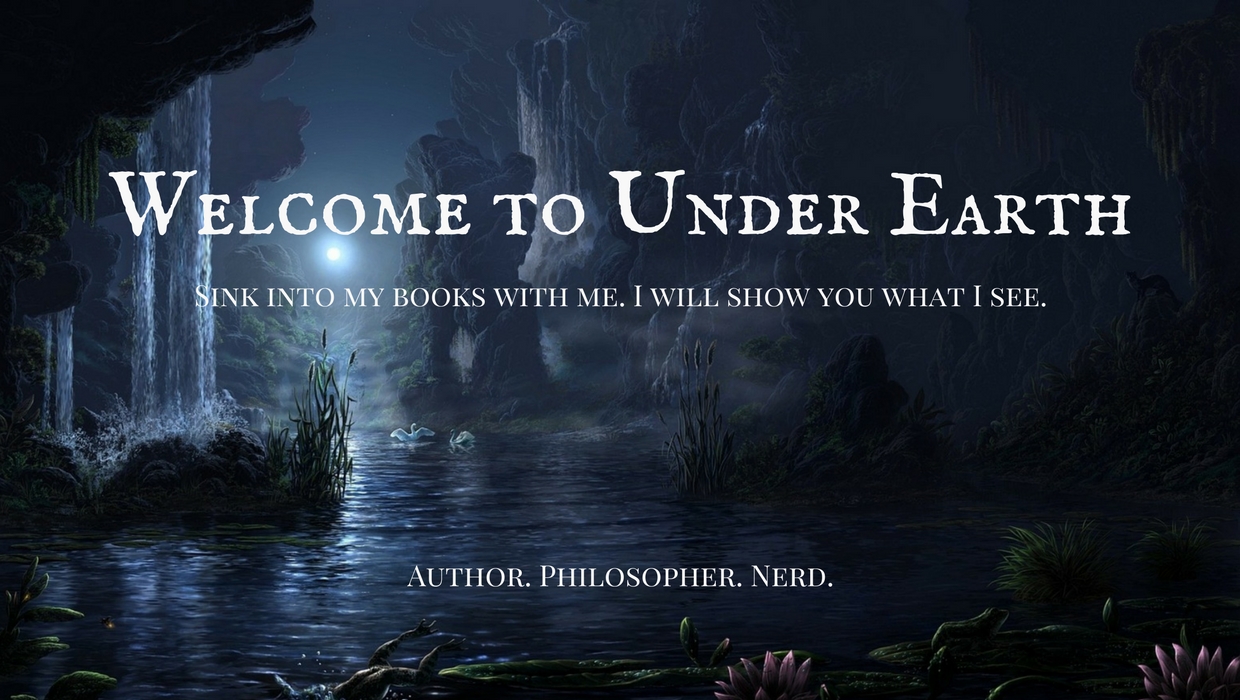Brain to Books Blog Tour
Fast Facts
Author: Janet Roberts
Genre: Historical Love Story
Books: ‘The Clumber Love Story’
Official Site of Janet Roberts
Bio
 I live in Nottinghamshire, right in the middle of England, not far from Robin Hood’s haunt of Sherwood Forest!
I live in Nottinghamshire, right in the middle of England, not far from Robin Hood’s haunt of Sherwood Forest!
As a frail child I was unable to gain popularity at school by being good at sports, but instead I was the class story-teller, a good training for a writer! In those days we were given ‘set books’ to study, often Dickens or something similar, and at the end of the year we would be examined about the story/characters etc. A lot of my class never read the books, they just relied on me to tell them what was going on, using different voices and expressions, so that the story was alive and vivid for them!
Later I started writing stories for women’s magazines, and once the children were grown I began to write more seriously, for national magazines, finding my interest was increasingly in historical facts.
I wrote this book after going to a slide evening held at our local library. The historian would put up a picture, and the audience would enthusiastically call out the location and name of the subject – until he showed a picture of a small, somewhat dark building, that had got everyone puzzled. After much encouragement from the speaker, someone tentatively suggested it was ‘that strange building near Milton Moor’. This was correct – it was in fact the Milton Mausoleum, which I, and I think most of the audience, had never heard of. The speaker then showed a picture of a marble statue, showing a reclining woman holding two babies, one in each arm. No one had a clue where this was, but he assured us it was within the Mausoleum!
This was something I just had to see, the statue was so lovely. However, on going to visit a few days later, I discovered the sad little building locked and totally inaccessible. It was a very long time before I saw the statue for myself, but I had established that I could find out more about it by going to Nottingham University and studying the diaries of the 4th Duke of Newcastle – the chap who had commissioned both the Mausoleum and the statue.
What an adventure that turned out to be! Not only did I have to look on the map to find out where the University was located, but on arrival I had to have an interview, to established that I was a serious student, and of good character! Only then was I given a Reader’s Card, and told I was limited to a pencil and a notebook, and then the ordering system explained. With the help of the librarian I selected the first surviving diary of the 4th Duke, and a white-coated porter eventually appeared, bearing the precious book on a white pillow! This was placed before me, and I was aware of being watched like a hawk as I carefully opened the precious book, to discover that the very first surviving words, written in the Duke’s distinctive handwriting were: May 27th 1822: On this melancholy day we have lost our dear child Anna-Marie – about a week and two days since she complained of weakness and no appetite.” How sad was that!
Many years later I became a guide at the Mausoleum on the couple of days a year when it was open, and people were captivated to hear the story of this most loving couple. I am delighted to say that a ‘Friends of the Mausoleum’ has recently been formed, the building has been much improved (even with glass in the windows instead of being boarded) and it is open several Sundays a month – so many more people are seeing the statue and hearing the story behind its commission.
Author Accomplishments:
As well as writing e-books and booklets, I am kept busy with the Local Talking Newspaper for the Blind, an excellent organisation that I have been involved with for several decades. Over that time I have carried many different roles, but now I concentrate on producing scripts to be read onto CD’s or Memory Sticks. The challenge is not so much writing the feature, or even getting it the right length, but endlessly thinking up suitable topics which would appeal to people who are blind, remembering that for some this has been for a lifetime, for the majority it is something that has developed together with old age. This week I have chosen a section from the excellent book ‘Consider the Fork – A History of Invention in the Kitchen’ by Bee Wilson. I was also very fortunate in being able to track down this author, who has most kindly said I can quote directly from the book, with the necessary credits of course, but this has saved a lot of work, as well as capturing her delightful style.
Every week I also go to ‘Healing Hands’ a group that has been functioning in nearby Mansfield for some 18 years. It’s run on a drop-in basis for members of the general public, and Reki is offered by trained practitioners. My role is running the library of what I hope are suitable, and very mixed books, with something for everyone. I also think it’s important to be sociable and welcoming, especially during tea and biscuits at the end of the afternoon, for many people are lonely and this might be their only interaction for several days. Most importantof all, I am responsible forsending Distant Healing. I became increasingly aware that not everyone could come to a healing session, and knowing that many churches run healing books, we also offer this service. I like people to write the name of the person in the book themselves, as this makes it more personal, and I prefer not to know anything about the problem, my reasoning being that if a person has, say, a diagnosis of cancer, not just the site will be affected, but the whole person’s mental and physical well being will be in turmoil. A holistic approach I feel is most suitable I also have no problem with people adding animals to the list, after all they too are part of God’s creation, although I do find it easier to visulise if I know if Sparky is a dog, cat or a horse! As a direct result of this work, I wrote the small handbook
‘The Power of Distant Healing’ details of which you can on my web page.
In additon my friend and I are collectors for the charity ‘Tools with a Mission’. The idea is that when someone has an unwanted item, such as a knitting or sewing machine, carpentry tools or an old typewriter, rather than just throwing it away, we go and collect it. This excellent charity refurbishes everything, and then it is sent to Africa, where people can start their own business. This seems so much more sensible than just sending money. This way they can feed and educate their children for years, rather just having a meal for a day. For more information please see http://www.twam.co.uk/
My friend lives with me, after a terrible 50 years of abuse and maltreatment. I told them that the past may have been rubbish, but for however long we had left we would do everything that sounded like fun! Consequently my blog: www.nottinghamshirenotes.blogspot.com chronicles some of our adventures, and tells fellow travellers what I thought of the places we visit.
Book blurb:
 The 4th duke of newcastle was a sad and unhappy man until he met and married 18 year-old georgiana in 1807. he took his 18 year old bride to clumber house, a fine mansion in the middle of sherwood forest.
The 4th duke of newcastle was a sad and unhappy man until he met and married 18 year-old georgiana in 1807. he took his 18 year old bride to clumber house, a fine mansion in the middle of sherwood forest.
tragically their idyllic marriage ended with her death at the age of 33 but his thoughts and plans remain vividly in the diaries he wrote at the time.
these form the basis for this ebook
Book Excerpt:
30th January 1822: Today is my birthday. I have this day completed my 38th year. A heavy cloud hangs over me, and affects me greatly. I cannot help comparing my situation now to what has been in former years. On this day I used to receive the earliest congratulations of my dearest wife, enhanced by a thousand kindnesses and amiable attentions. Now what a change, a dreary blank…’
Where to buy the book:
http://www.smashwords.com/books/view/109915
